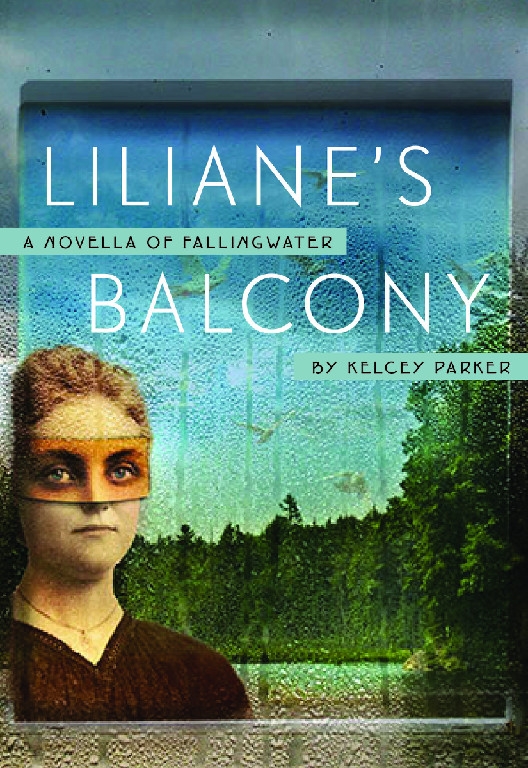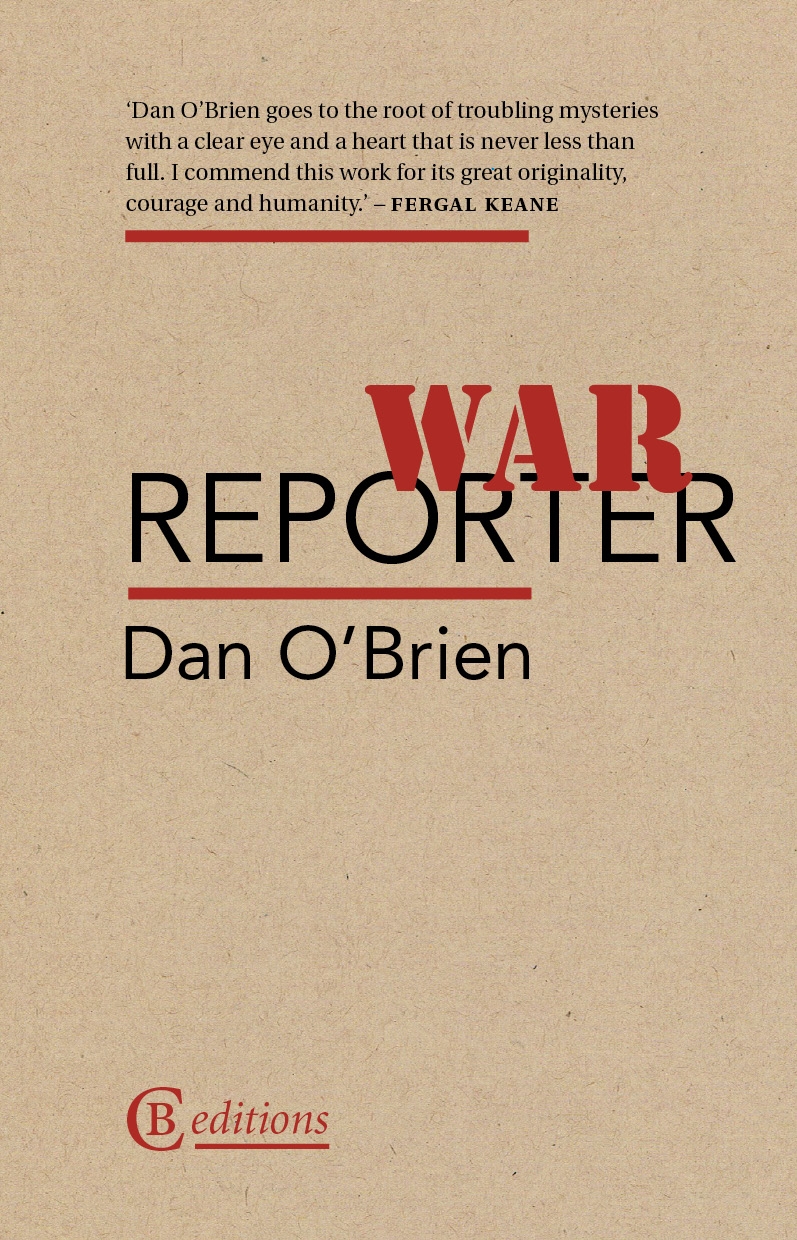Mirages
Mirages: The Unexpurgated Diary of Anaïs Nin, 1939-1947 begins with Anaïs Nin and her husband, Hugo Guiler, escaping the war in Europe to relocate to New York City. On the first page, she is also concerned about whether her two lovers, Henry Miller and Gonzalo Moré, would come to New York with her. They did. Also on the first page, she writes: “I am still baffled by the mystery of how man has an independent life from woman, whereas I die when separated from my love.” Four hundred and forty pages and a dozen or more lovers later, she is still in the realm of needing love, experiencing loss, and longing for the one love that will make her whole. Her lovers are the content the narrative is hung upon, but not the most interesting. There is very little written outside her desire for love, finding love, being in love, leaving the lover, very little written about the art of the day or even about the city of New York or the world that was at war. The drama here is within the psyche of Anaïs Nin. Continue reading “Mirages”

 “Each material has its own message and, to the creative artist, its own song. Listening, [s]he may learn to make the two sing together.” Frank Lloyd Wright knew the art of crafting a structure that complements the space it inhabits. And as he suggests, artists must make music from the intersection of materials and messages. Like Frank Lloyd Wright’s infamous Fallingwater (the setting for this book), Liliane’s Balcony is an architectural treat. Form and content are married perfectly in Kelcey Parker’s novella. Even the font and structure of the book were intentionally engineered. The font is influenced by Frank Lloyd Wright and the time period in which he created Fallingwater, and each symbol beneath the chapter’s heading is taken from Wright’s own Prairie-style geometric patterns. The various narratives speaking throughout the novella operate like the various cantilevers and balconies of Fallingwater, allowing the reader to step out into a new narrative, but always ducking back inside to the narrative of Liliane.
“Each material has its own message and, to the creative artist, its own song. Listening, [s]he may learn to make the two sing together.” Frank Lloyd Wright knew the art of crafting a structure that complements the space it inhabits. And as he suggests, artists must make music from the intersection of materials and messages. Like Frank Lloyd Wright’s infamous Fallingwater (the setting for this book), Liliane’s Balcony is an architectural treat. Form and content are married perfectly in Kelcey Parker’s novella. Even the font and structure of the book were intentionally engineered. The font is influenced by Frank Lloyd Wright and the time period in which he created Fallingwater, and each symbol beneath the chapter’s heading is taken from Wright’s own Prairie-style geometric patterns. The various narratives speaking throughout the novella operate like the various cantilevers and balconies of Fallingwater, allowing the reader to step out into a new narrative, but always ducking back inside to the narrative of Liliane.  War Reporter tells a compelling story of war, conflict, and torment of the human spirit through a collection of poems based upon Dan O’Brien’s research, email exchanges, and interviews with photojournalist Paul Watson. Often the poems’ narrator is “The War Reporter Paul Watson on […]”. One of the most brilliant devices used in these poems is the heavy use of imagery. This comes as no surprise as these poems are being told from a photojournalist’s perspective. Very few poems from Watson’s narration read as his thoughts on a particular subject as much as they read like a series of snapshots through his photojournalistic lens to show his story. An example of this comes from “The War Reporter Paul Watson Considers the Peacekeepers”:
War Reporter tells a compelling story of war, conflict, and torment of the human spirit through a collection of poems based upon Dan O’Brien’s research, email exchanges, and interviews with photojournalist Paul Watson. Often the poems’ narrator is “The War Reporter Paul Watson on […]”. One of the most brilliant devices used in these poems is the heavy use of imagery. This comes as no surprise as these poems are being told from a photojournalist’s perspective. Very few poems from Watson’s narration read as his thoughts on a particular subject as much as they read like a series of snapshots through his photojournalistic lens to show his story. An example of this comes from “The War Reporter Paul Watson Considers the Peacekeepers”: